Advice, Equine Posts
Choosing the Right Horse Rug
A Guide to Keeping Your Horse Comfortable and Protected
One of the most common questions horse owners ask themselves is, “Which horse rug should I use?”
If you’re pondering this regularly, you’re certainly not alone! The truth is, every horse is unique, and no single rug suits all horses.
Selecting the right rug involves careful consideration, especially regarding turnout rug weight and weather protection.
Key Factors When Selecting a Horse Rug
When choosing a rug for your horse, consider these crucial points:
Clipped or Unclipped Coat
A horse with a clipped coat will need a heavier rug for insulation, as they lack the natural protection of a thick coat. Unclipped horses typically need lighter rugs, as their coat helps keep them warm.
Environment
Is your horse primarily outdoors, stabled, or a mix of both? A horse turned out for the winter will need a Turnout rug that can withstand the elements—think waterproofing, durability, and warmth. For stabled horses, a lighter Stable rug may be sufficient.
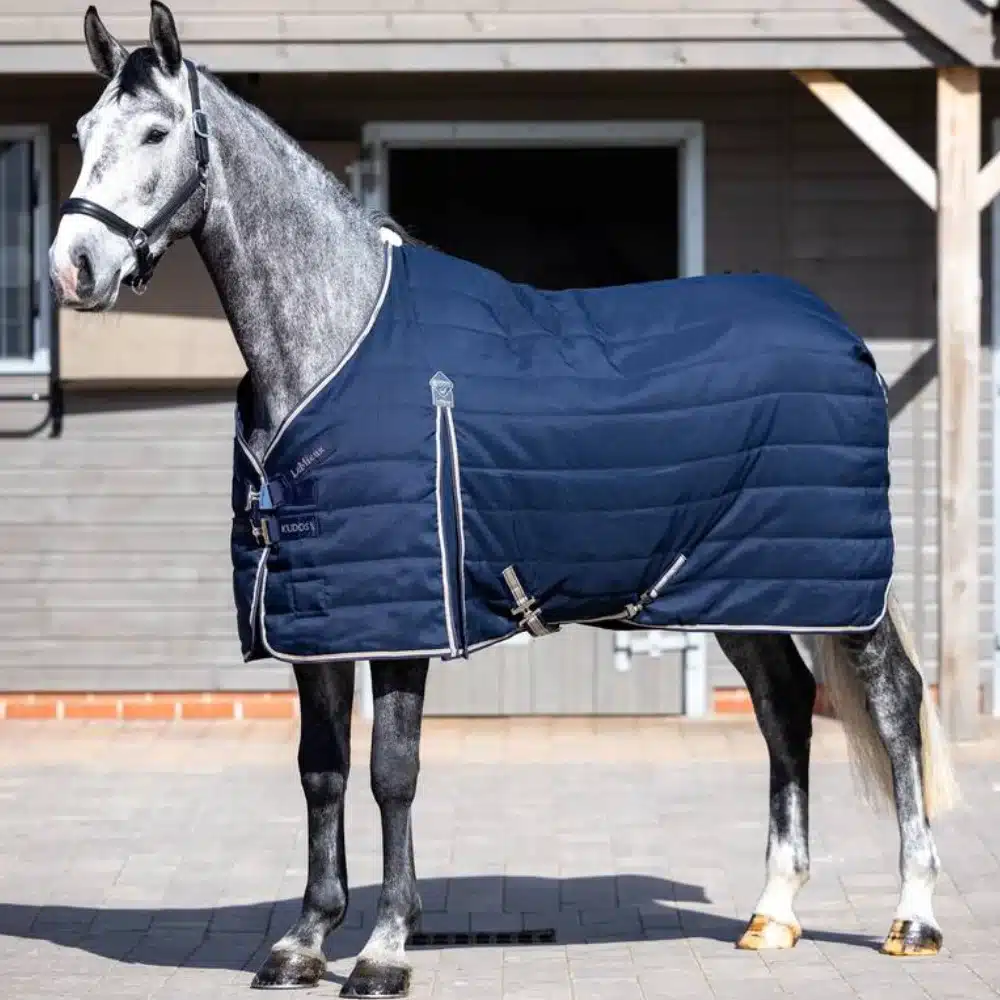
Weight Considerations
Horses that are slightly overweight can benefit from a lighter rug, allowing them to burn extra calories while staying comfortable. Conversely, if your horse tends to lose weight, opt for a heavier rug to keep them cosy and maintain body condition.
Rug Durability
For those cheeky horses that enjoy testing the limits of their gear, opt for a rug with a high-denier outer fabric, which is more resistant to wear and tear.
At Wadswick Country Store, we stock an extensive selection of horse rugs from top brands like Horseware, WeatherBeeta, LeMieux and Shires, making it easy to find the perfect match for your horse’s needs.
Understanding Horse Rug Weight
The weight of a horse rug is classified into three main categories: lightweight, mediumweight, and heavyweight.
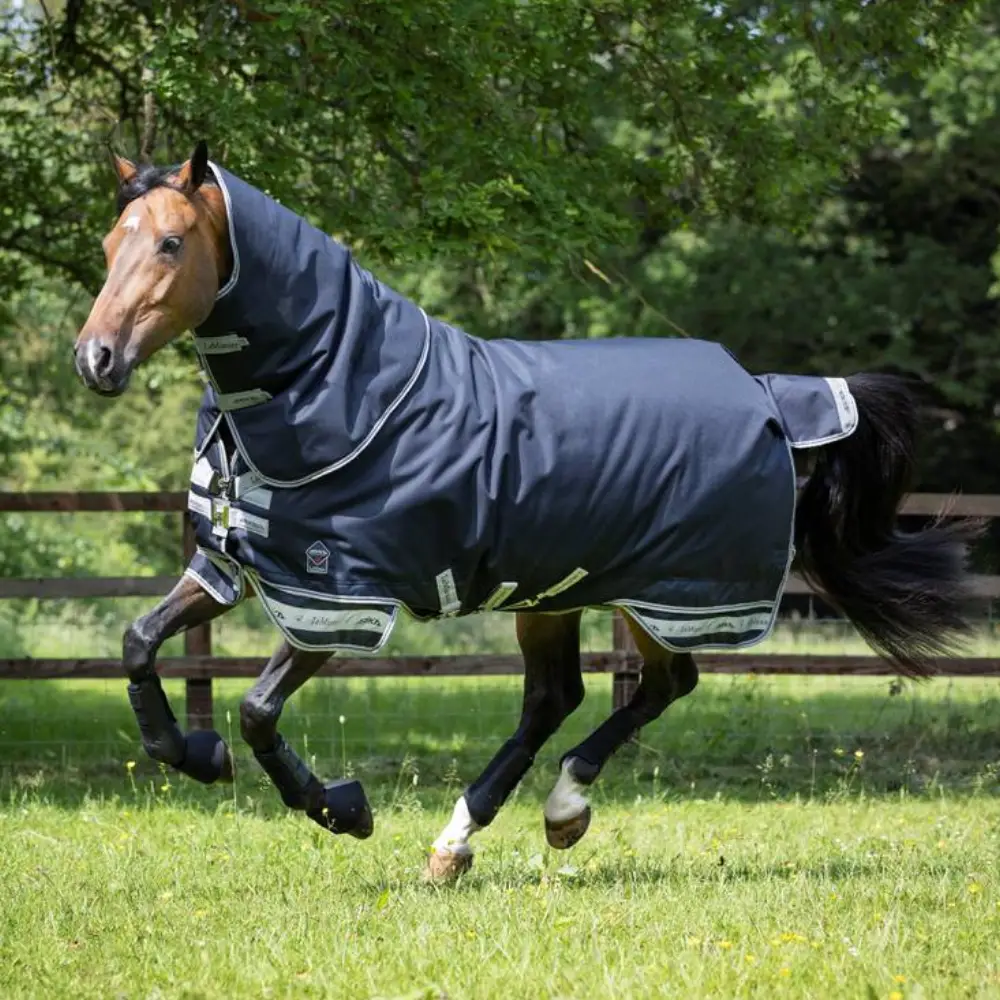
- Lightweight Rugs: Typically 0g, 50g, or 100g, these rugs suit horses that don’t need heavy insulation—ideal for unclipped horses or mild autumn days.
- Mediumweight Rugs: With fills around 150g to 250g, mediumweight rugs provide balanced warmth without the risk of overheating. They are a great option for the cooler months.
- Heavyweight Rugs: At 300g and above, heavyweight rugs offer maximum warmth, perfect for clipped horses or those sensitive to cold.
For added versatility, liners and under rugs come in weights from 50g to 200g and can be layered under any rug, allowing you to adjust your horse’s warmth without needing multiple heavy rugs.
Important Features to Look for in a Horse Rug
- Denier (D): Denier measures the strength of the rug’s outer fabric. For horses that tend to damage their rugs, a higher denier offers greater durability.
- Fill: Fill weight (e.g., 100g, 200g, 300g) impacts insulation. The higher the fill, the warmer the rug.
- Neck Options: Rugs are available with standard necks, combo necks, or detachable necks. Detachable neck rugs are highly adaptable, allowing you to add or remove the neck cover as needed.
- Front Closures: Front closures vary from classic buckles to innovative systems like Horseware’s Disc Front Closure, which offers a secure fit and reduces the risk of getting caught on haynets or fencing. Choose a front closure type based on your horse’s chest shape and sensitivity to rubbing.
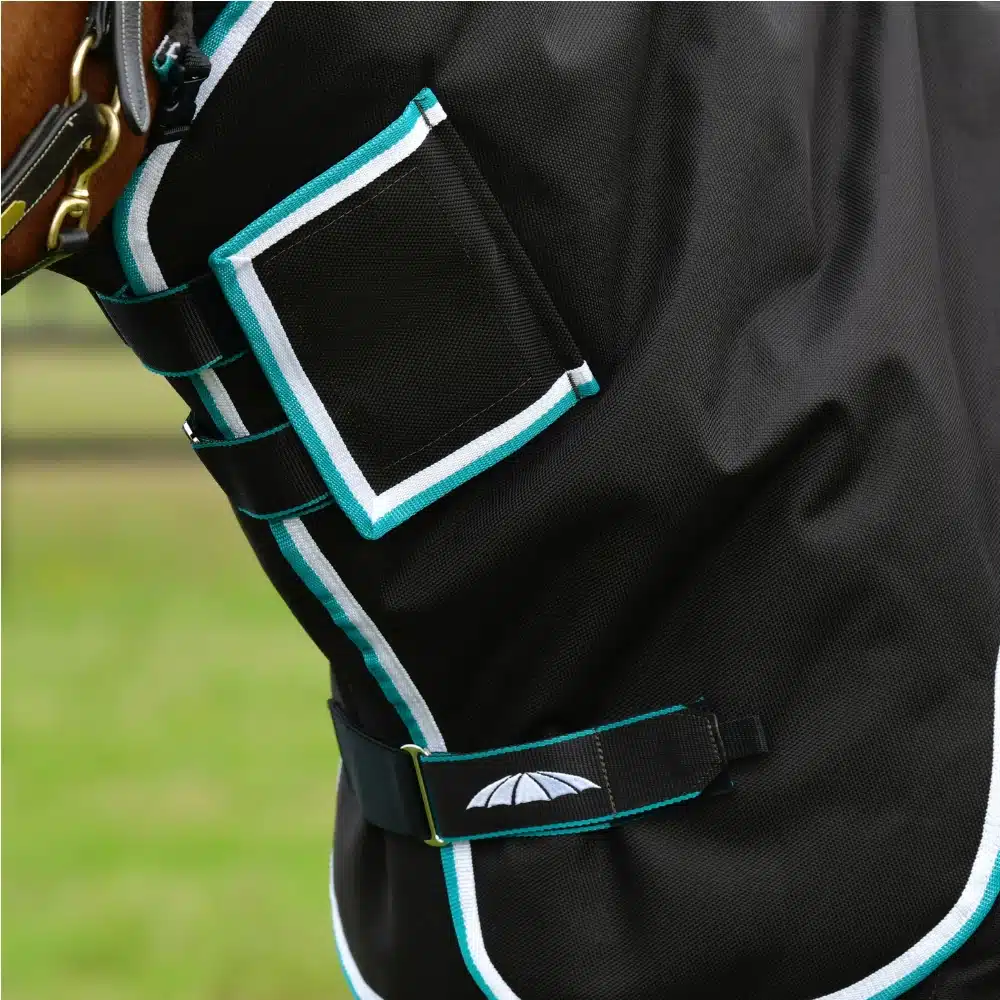
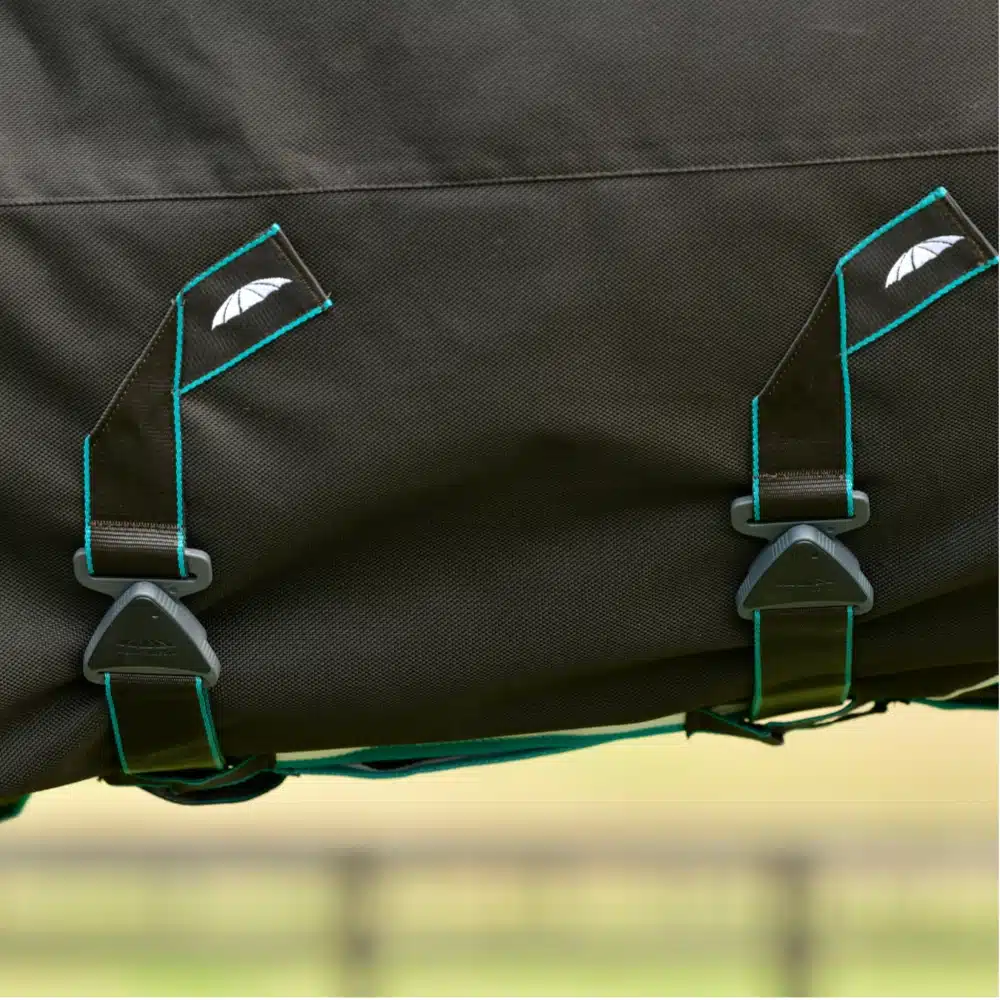
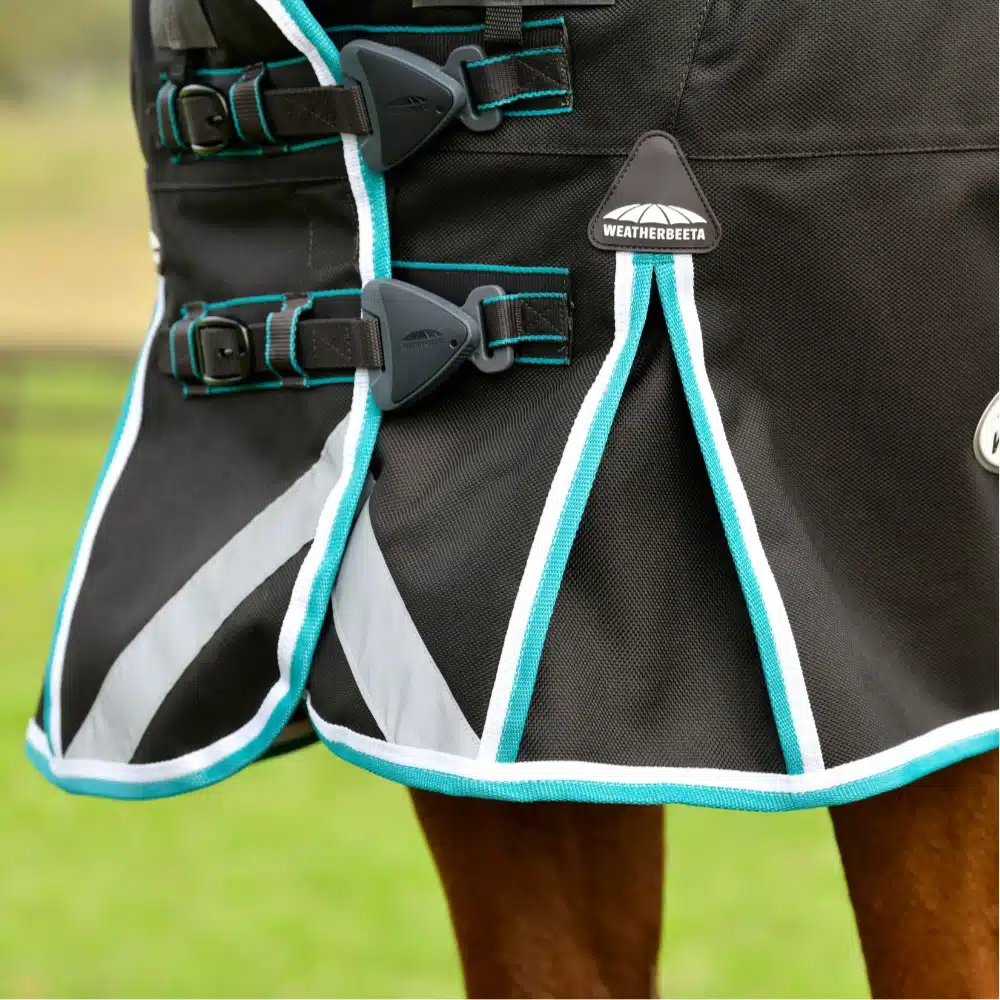
BETA's Temperature Guide to Rugging a Horse
The British Equestrian Trade Association (BETA) provides a temperature guide to assist in selecting the appropriate rug:
| Temperature Range | Clipped Horse (Stabled) | Unclipped Horse (Stabled) | Clipped Horse (Turned Out) | Unclipped Horse (Turned Out) |
| 15°C and above | No rug or summer sheet | No rug | No rug | No rug |
| 10°C to 15°C | Lightweight stable rug | No rug or summer sheet | No rug or rain sheet | No rug |
| 5°C to 10°C | Mediumweight stable rug | Lightweight stable rug | Lightweight turnout rug | No rug or rain sheet |
| 0°C to 5°C | Heavyweight stable rug | Mediumweight stable rug | Mediumweight turnout rug | Lightweight turnout rug |
| Below 0°C | Heavyweight stable rug with neck cover | Mediumweight stable rug with neck cover | Heavyweight turnout rug with neck cover | Mediumweight turnout rug with neck cover |
Making the Right Choice
Selecting the appropriate rug involves assessing your horse’s individual needs, considering factors such as coat condition, living environment, and body condition.
Utilising guides like BETA’s temperature recommendations can aid in making informed decisions, ensuring your horse remains comfortable and protected throughout varying weather conditions.







